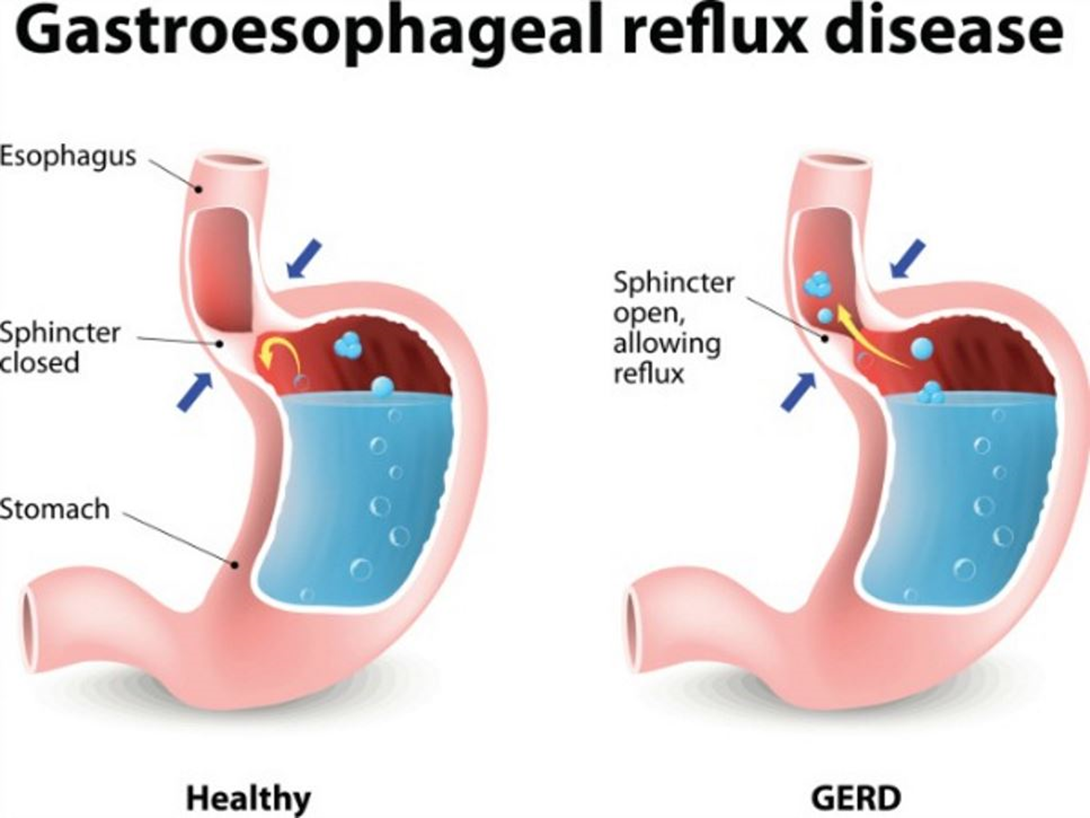A nurse is providing care for a client who has hypomagnesemia. Which of the following actions should the nurse take?
Check the client's deep tendon reflexes every 4 hr.
Encourage the client to consume more fiber.
Restrict the client's fluid intake to 500 mL/day.
Limit sodium-containing foods on the client's meal tray.
The Correct Answer is A
Choice A reason: Checking the client's deep tendon reflexes every 4 hr is a appropriate action for a nurse to take for a client who has hypomagnesemia. Hypomagnesemia is a low level of magnesium in the blood, which can cause neuromuscular excitability and hyperreflexia. The nurse should monitor the client's reflexes for signs of increased or decreased response, which can indicate worsening or improving hypomagnesemia.
Choice B reason: Encouraging the client to consume more fiber is not a relevant action for a nurse to take for a client who has hypomagnesemia. Fiber is beneficial for digestive health and blood glucose control, but it has no direct effect on magnesium levels. The nurse should encourage the client to consume foods that are rich in magnesium, such as green leafy vegetables, nuts, seeds, legumes, and whole grains.
Choice C reason: Restricting the client's fluid intake to 500 mL/day is not a safe or effective action for a nurse to take for a client who has hypomagnesemia. Fluid restriction can cause dehydration, electrolyte imbalance, and kidney damage, which can worsen hypomagnesemia. The nurse should maintain the client's fluid balance and monitor their urine output and specific gravity.
Choice D reason: Limiting sodium-containing foods on the client's meal tray is not a necessary action for a nurse to take for a client who has hypomagnesemia. Sodium is not directly related to magnesium levels, and limiting sodium intake can cause hyponatremia, which is a low level of sodium in the blood. The nurse should ensure that the client receives adequate sodium intake from their diet or supplements.
Nursing Test Bank
Naxlex Comprehensive Predictor Exams
Related Questions
Correct Answer is A
Explanation
Choice A reason: Positioning the newborn at a 20-degree angle after feeding can help prevent the reflux of gastric contents into the esophagus. This position allows gravity to keep the food in the stomach and reduces the pressure on the lower esophageal sphincter. The nurse should instruct the parent to keep the newborn in this position for at least 30 minutes after each feeding.
Choice B reason: Diluting formula with 1 tablespoon of water is not recommended, as it can cause water intoxication, electrolyte imbalance, and malnutrition in the newborn. Water intoxication can lead to seizures, coma, and death. The nurse should advise the parent to follow the manufacturer's instructions for preparing the formula and not to add extra water.
Choice C reason: Placing the newborn in a side-lying position if vomiting is not a safe practice, as it can increase the risk of aspiration and sudden infant death syndrome (SIDS). Aspiration is when food or liquid enters the lungs and causes pneumonia or respiratory distress. SIDS is when a healthy baby dies suddenly and unexpectedly during sleep. The nurse should instruct the parent to place the newborn on the back for sleeping and to avoid soft bedding, pillows, and stuffed animals.
Choice D reason: Providing a small feeding just before bedtime is not a good idea, as it can worsen the gastroesophageal reflux and disrupt the newborn's sleep. The nurse should suggest the parent to feed the newborn smaller and more frequent meals throughout the day and to avoid feeding the newborn within 2 to 3 hours of bedtime.

Correct Answer is B
Explanation
Choice A reason: Flossing dentures is not necessary, as dentures do not have spaces between the teeth where plaque and food particles can accumulate. Flossing dentures may damage the denture material or cause it to loosen.
Choice B reason: Dentures should be cleaned with a soft material to prevent scratches or damage. A washcloth is gentle enough to clean the denture surfaces without causing harm.
Choice C reason: Wiping dentures before storing them in a dry container at night is not advisable, as it may cause the dentures to crack or warp. Dentures should be soaked in water or a denture cleanser solution overnight to keep them moist and prevent them from losing their shape.
Choice D reason: Wrapping gloved fingers with gauze to remove dentures is not a standard practice. Dentures should be removed carefully by rocking them slightly to break the seal with the gums. Using gauze is unnecessary and may not be as effective or safe for the dentures or the oral tissues.
Whether you are a student looking to ace your exams or a practicing nurse seeking to enhance your expertise , our nursing education contents will empower you with the confidence and competence to make a difference in the lives of patients and become a respected leader in the healthcare field.
Visit Naxlex, invest in your future and unlock endless possibilities with our unparalleled nursing education contents today
Report Wrong Answer on the Current Question
Do you disagree with the answer? If yes, what is your expected answer? Explain.
Kindly be descriptive with the issue you are facing.
